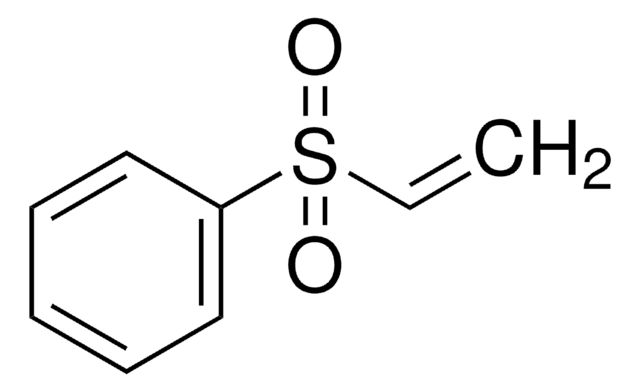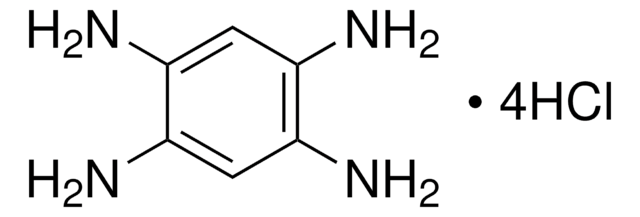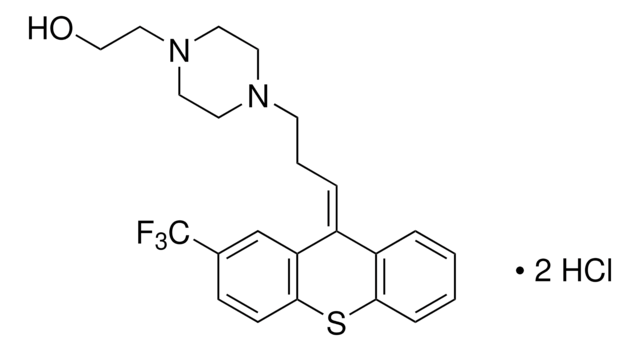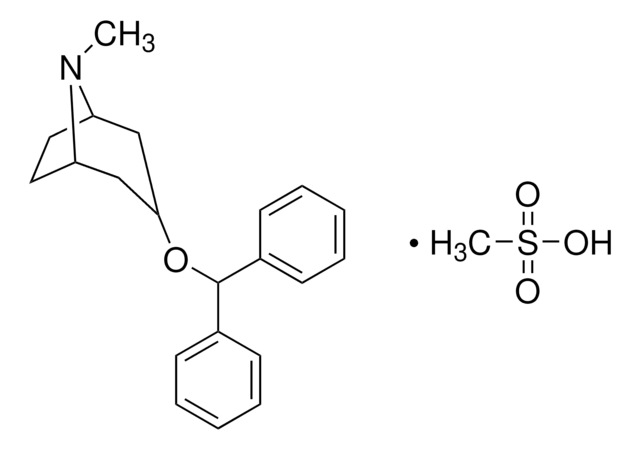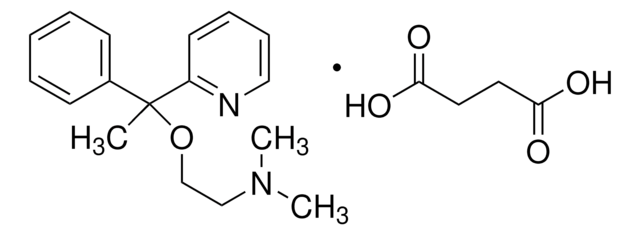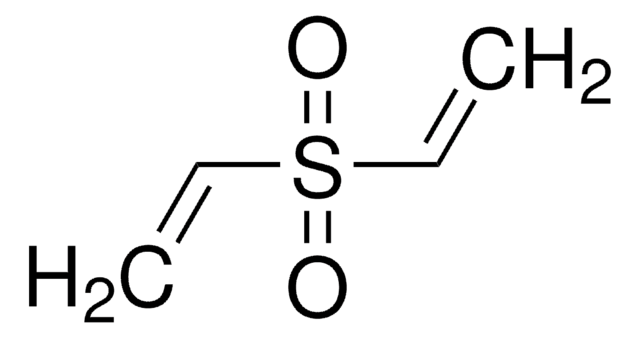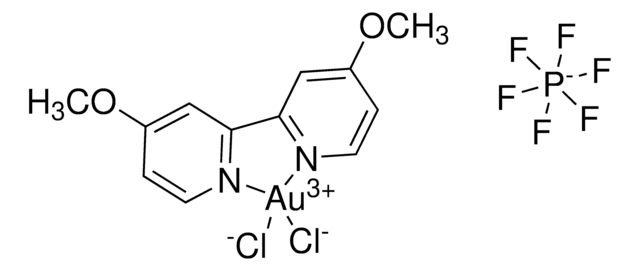추천 제품
분석
≥98% (HPLC)
형태
powder
저장 조건
desiccated
색상
white to beige
solubility
H2O: 20 mg/mL, clear
저장 온도
2-8°C
SMILES string
CS(O)(=O)=O.CN1[C@H]2CC[C@@H]1C[C@@H](C2)OC(c3ccccc3)c4ccccc4
InChI
1S/C21H25NO.CH4O3S/c1-22-18-12-13-19(22)15-20(14-18)23-21(16-8-4-2-5-9-16)17-10-6-3-7-11-17;1-5(2,3)4/h2-11,18-21H,12-15H2,1H3;1H3,(H,2,3,4)/t18-,19+,20+;
InChI key
CPFJLLXFNPCTDW-BWSPSPBFSA-N
유전자 정보
human ... CHRM1(1128)
유사한 제품을 찾으십니까? 방문 제품 비교 안내
일반 설명
애플리케이션
생화학적/생리학적 작용
특징 및 장점
신호어
Danger
유해 및 위험 성명서
Hazard Classifications
Acute Tox. 3 Dermal - Acute Tox. 3 Inhalation - Acute Tox. 4 Oral
Storage Class Code
6.1C - Combustible acute toxic Cat.3 / toxic compounds or compounds which causing chronic effects
WGK
WGK 3
Flash Point (°F)
Not applicable
Flash Point (°C)
Not applicable
시험 성적서(COA)
제품의 로트/배치 번호를 입력하여 시험 성적서(COA)을 검색하십시오. 로트 및 배치 번호는 제품 라벨에 있는 ‘로트’ 또는 ‘배치’라는 용어 뒤에서 찾을 수 있습니다.
문서
These distinct transporters, NET, DAT and SERT, respectively, are of particular clinical interest because they are the molecular targets for many antidepressants as well as drugs of abuse, such as cocaine and the amphetamines.
Muscarinic acetylcholine receptors are G protein-coupled receptors (GPCRs) and mediate acetylcholine actions in the CNS and non-nervous tissues. Learn more about acetylcholine receptors and their role in cell signaling.
관련 콘텐츠
DISCOVER Bioactive Small Molecules for Neuroscience
자사의 과학자팀은 생명 과학, 재료 과학, 화학 합성, 크로마토그래피, 분석 및 기타 많은 영역을 포함한 모든 과학 분야에 경험이 있습니다..
고객지원팀으로 연락바랍니다.